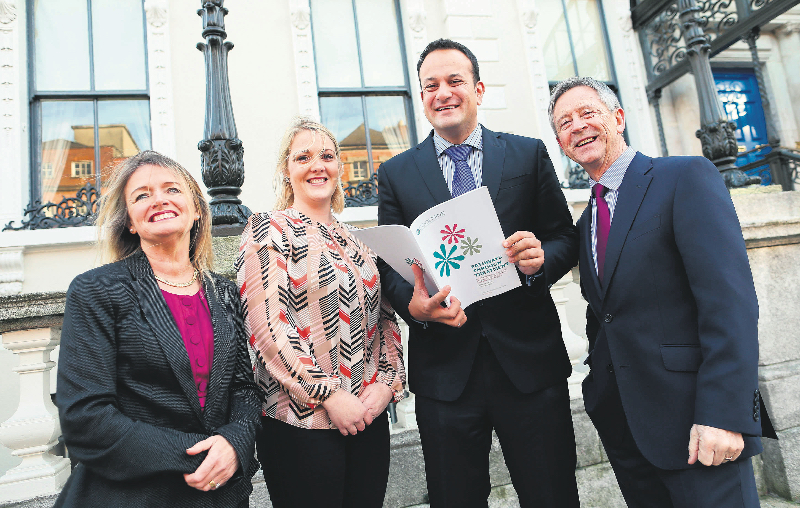A NEW study tracking Coolmine Therapeutic Community clients has found that over 70 per cent remain drug free two years after treatment at the Dublin 15 based centre.
Almost all (98 per cent) clients are also not engaged in criminal activity 24 months after treatment and significant improvements in health were also reported.
Carried out in collaboration with Trinity College, Dublin, clients surveyed included individuals who did not complete the programme and left early due to various reasons.
Coolmine’s tough rehabilitation programme is one of the lengthiest in Ireland but 62 per cent of clients remain in treatment six months after being admitted.
Chairman of Coolmine, Alan Connolly, says the Pathways Through Treatment study “clearly highlights” that the Coolmine model of treatment achieves quality outcomes and delivers value to State funders.
“It is important that funders can see the value in terms of outcomes,” he added.
“This research clearly shows that 72 per cent of clients remain drug-free two years after treatment commenced.”
A total of 144 clients participated in the study ranging in ages from 18 to 50. Researchers gathered data on substance use, physical health, psychological health, social functioning and criminal activity.
More than half of the respondents (52 per cent) reported problem use of more than one substance, and 71 per cent cited opiates as being the primary problem drug use.
A key factor in the success of rehabilitation at Coolmine was the ability of those who remained drug free to find safe and secure housing, sourcing employment or a return to education.
The study found that employment rose from three per cent for those at treatment intake to 25 per cent at the 24-month follow up. Engagement in education rose from two per cent at intake to 17 per cent two years later.
Criminal activity among those surveyed fell from nine per cent at intake to just two per cent 24-months later. The report also highlights the importance of continued support in aftercare services.
“These results highlight the need for further investment in treatment and rehabilitation,” Connolly said.
